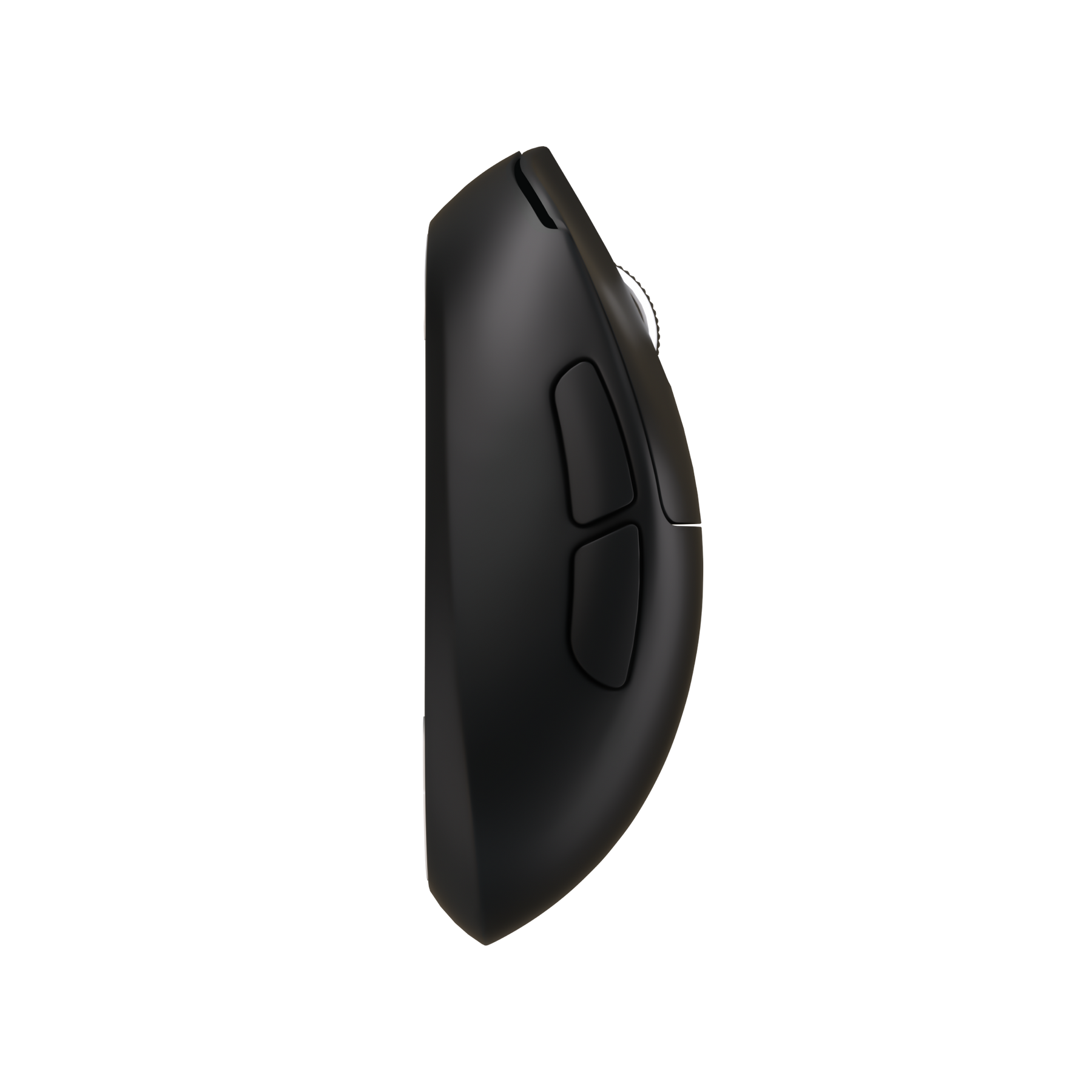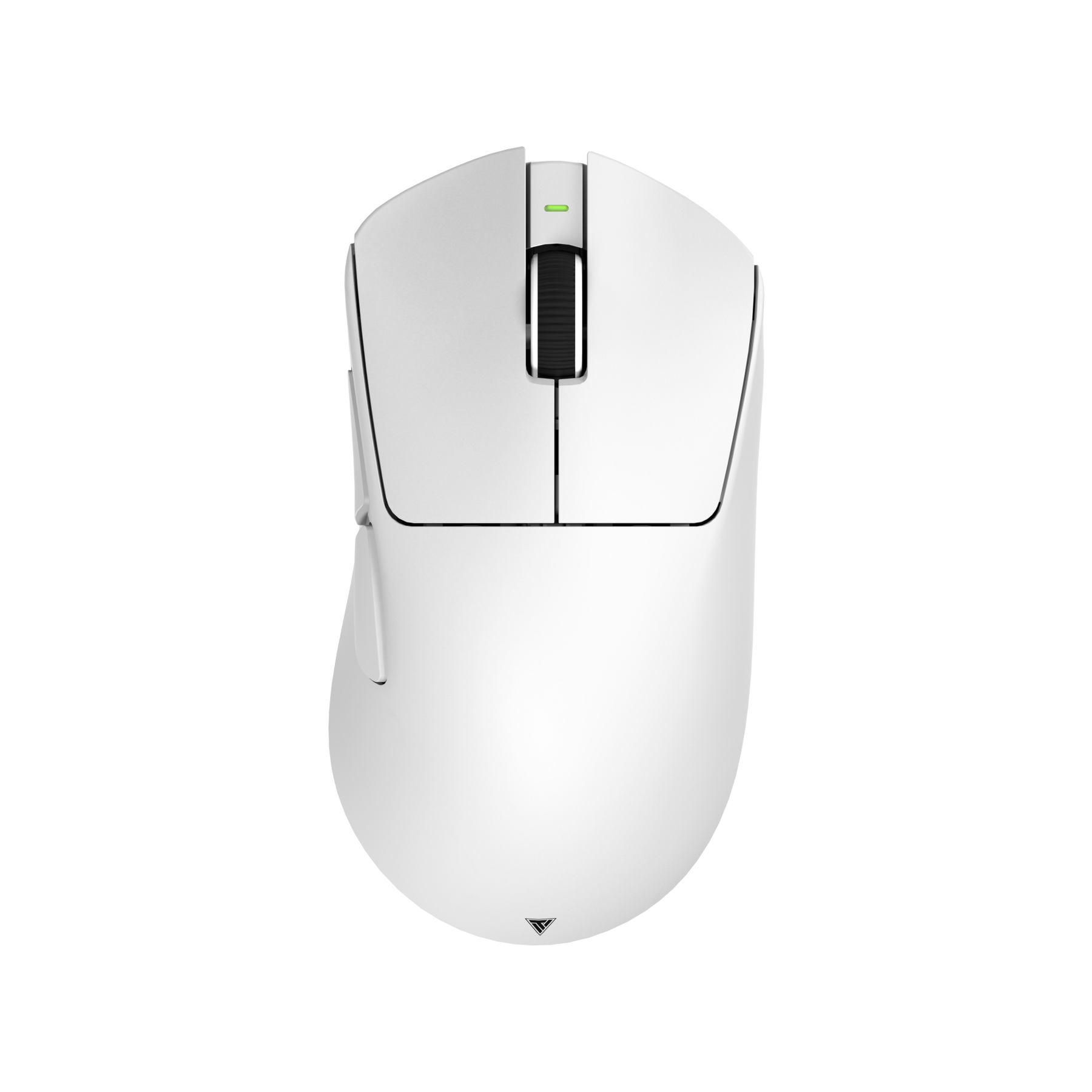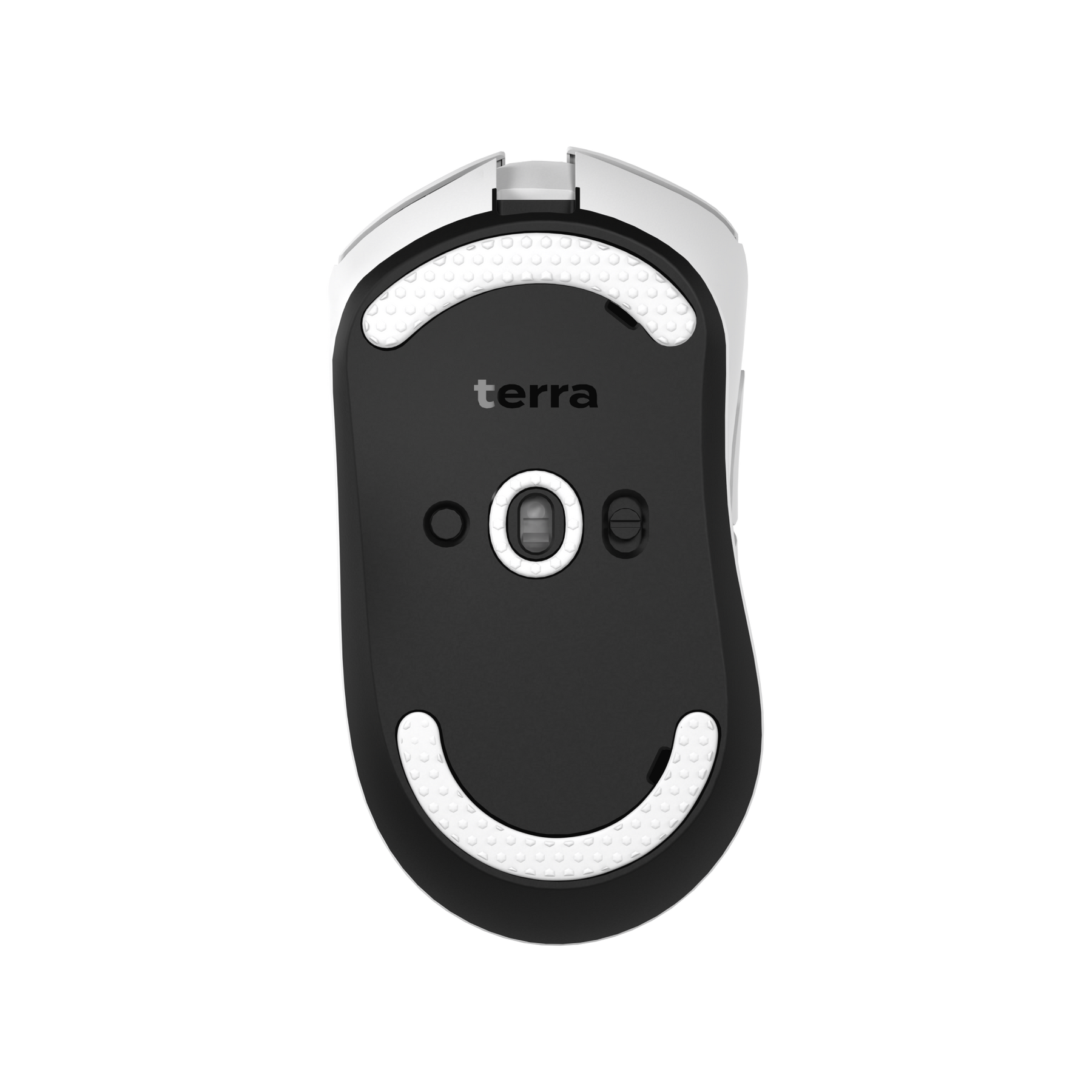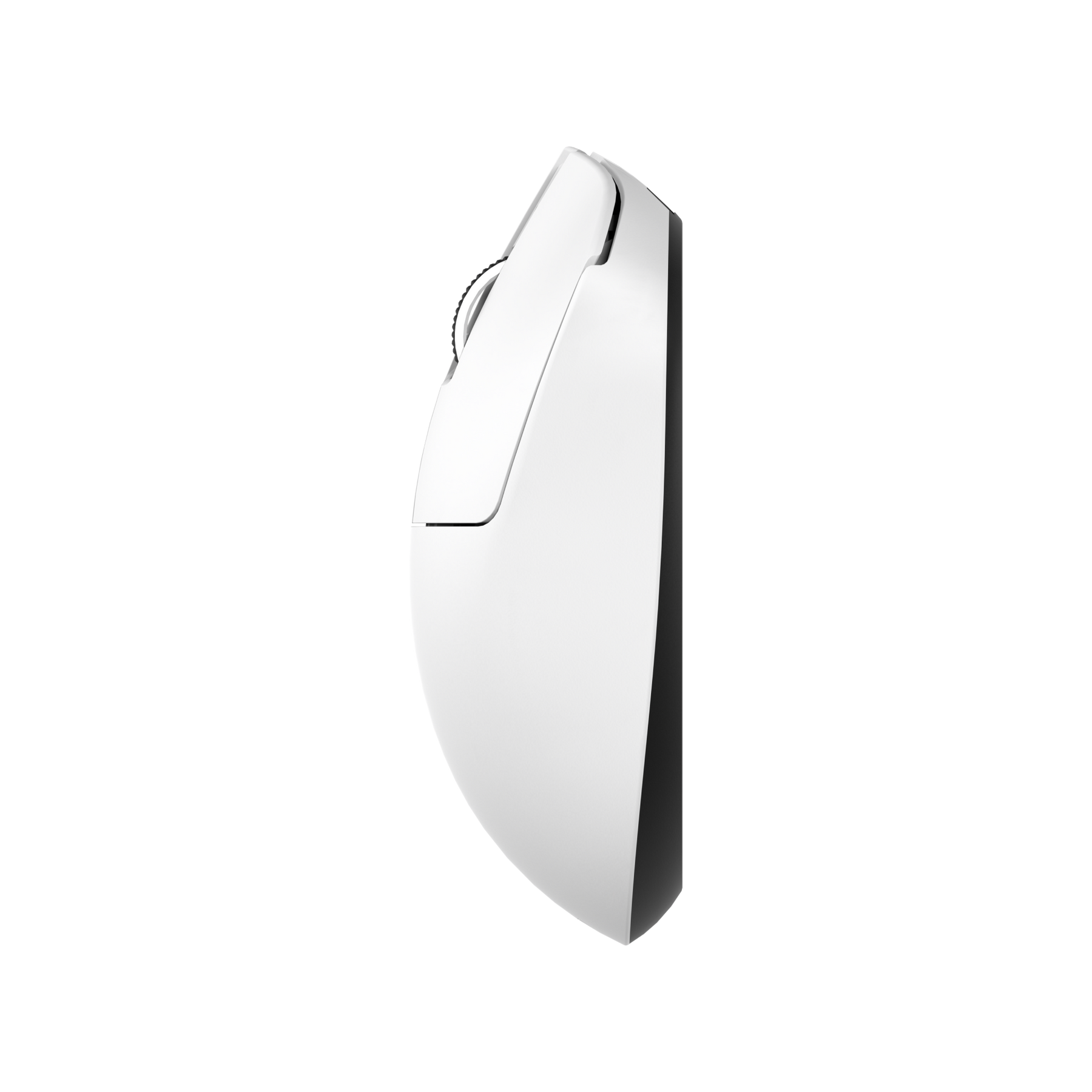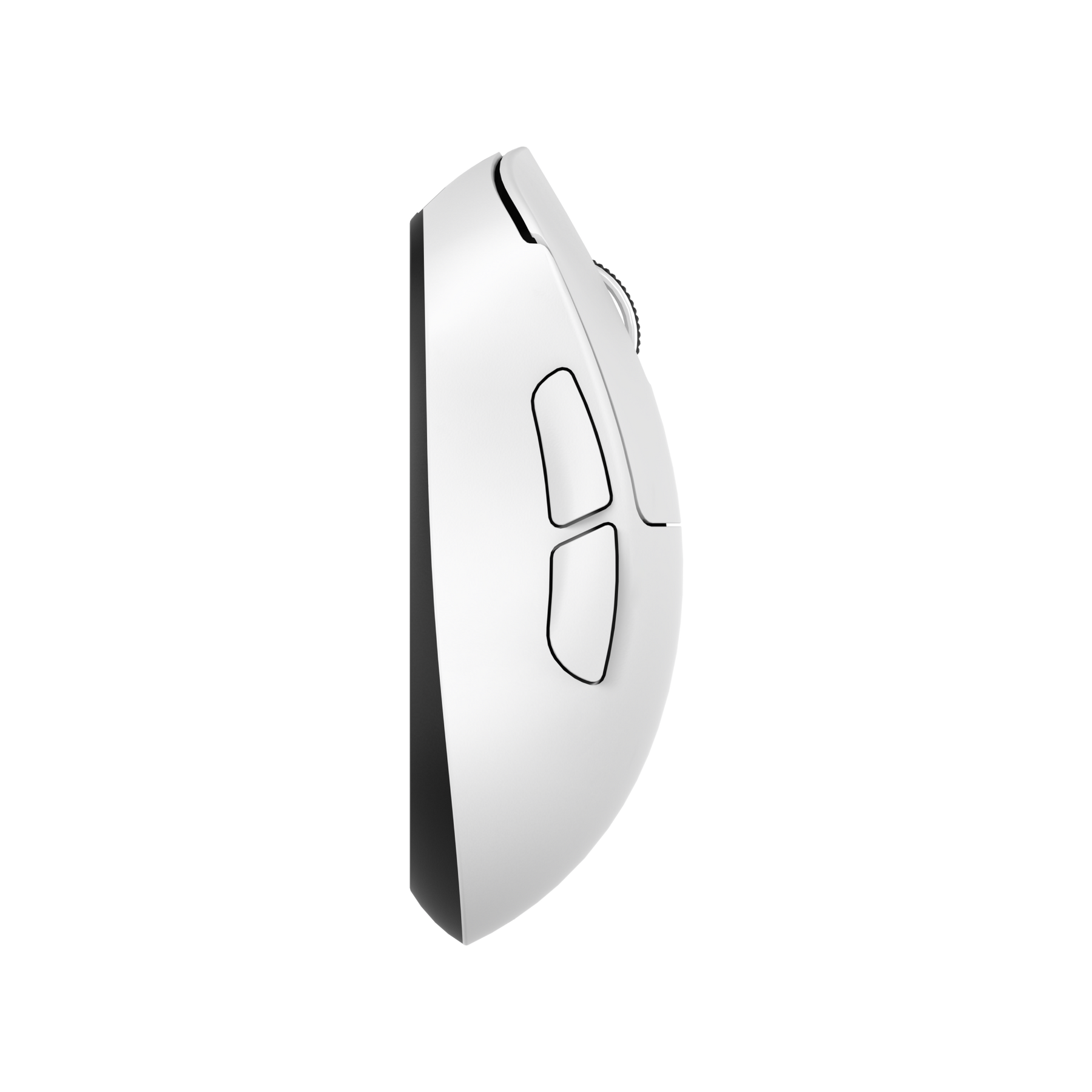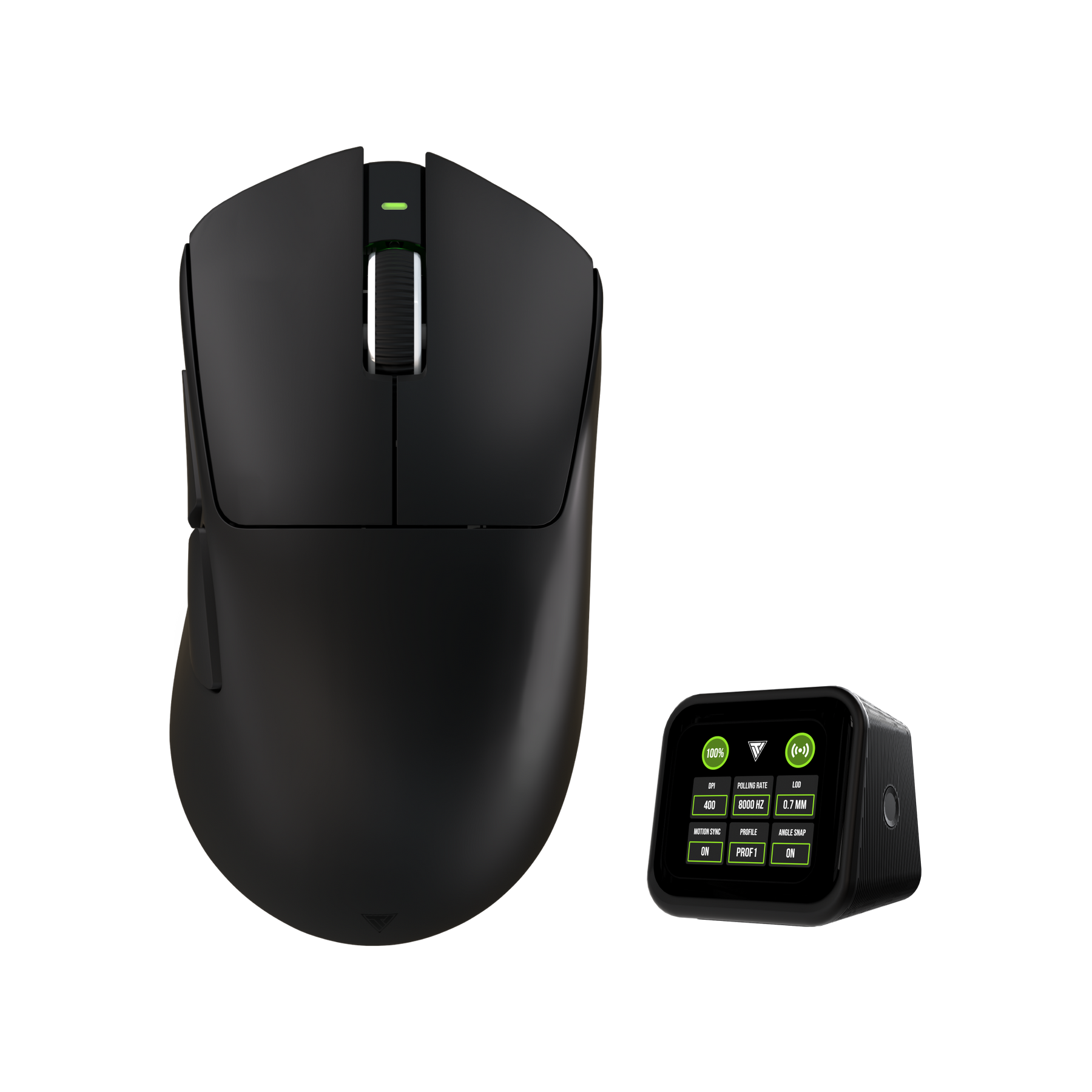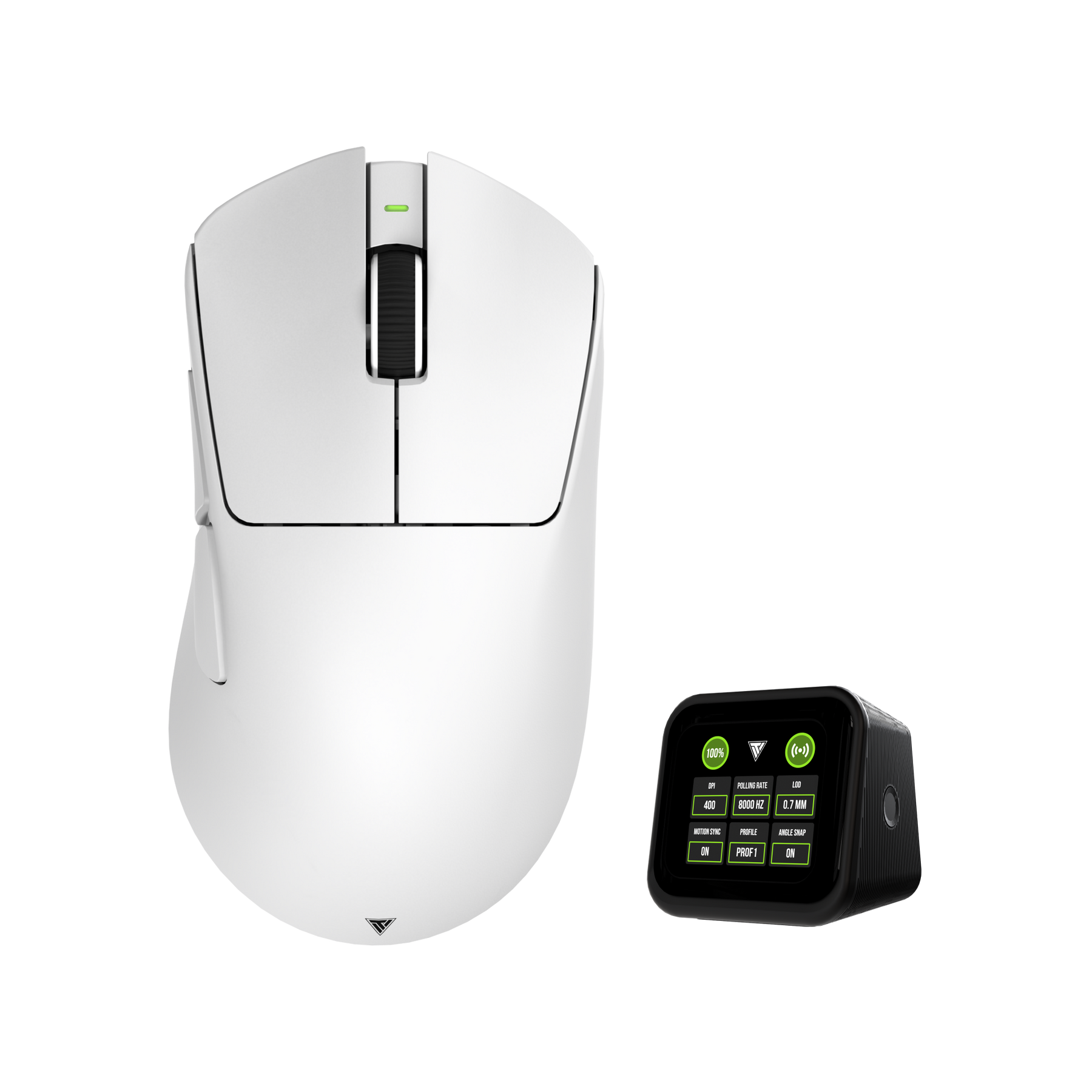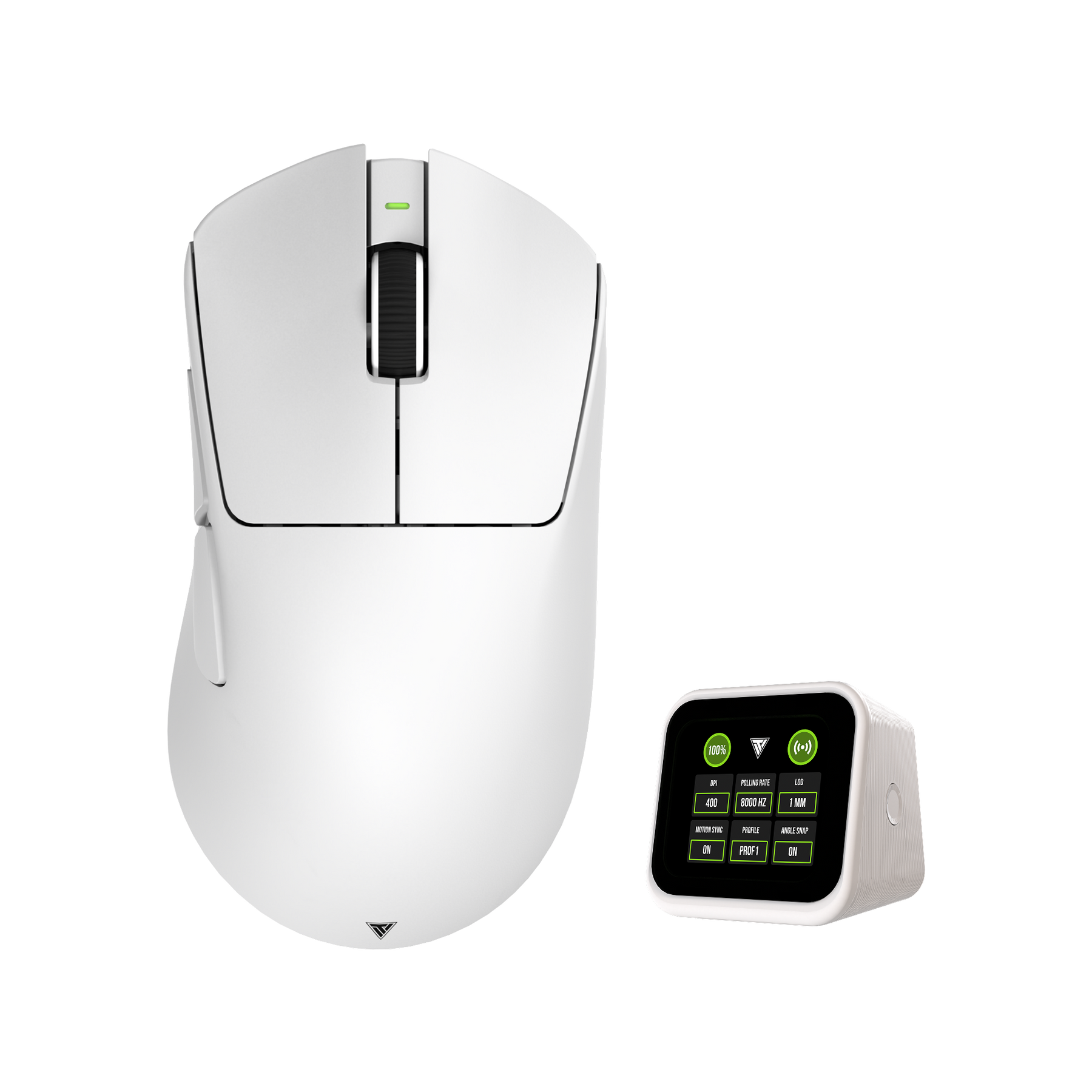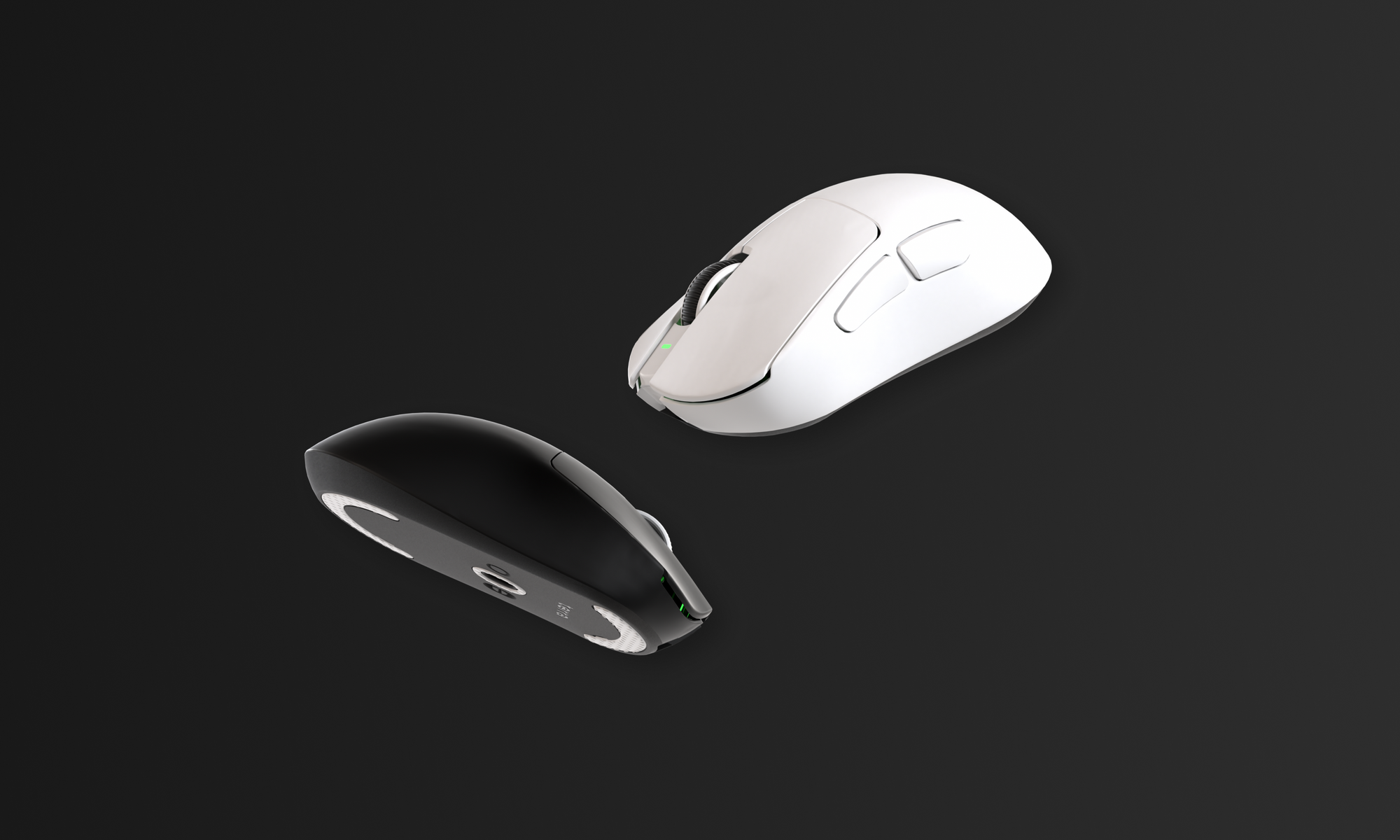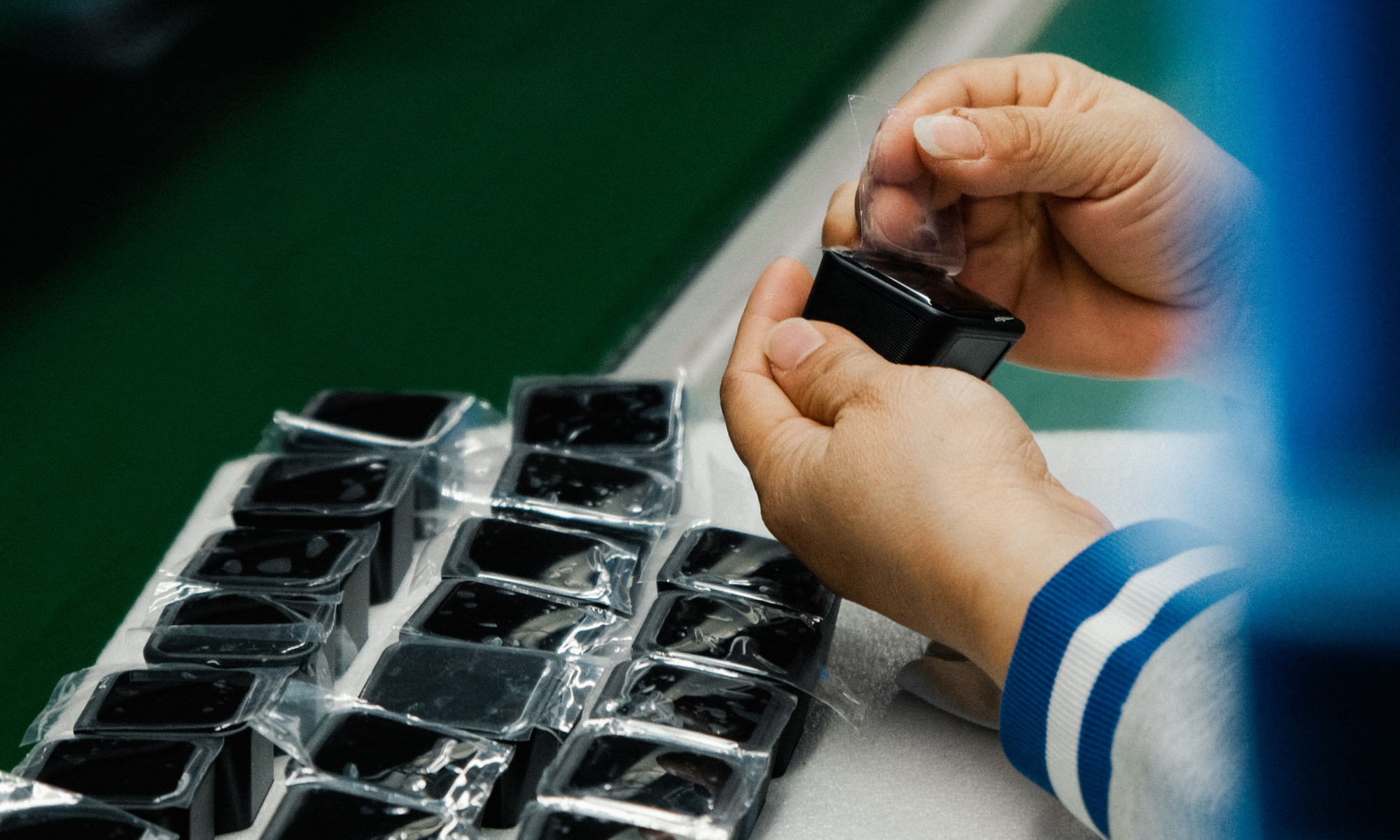DPI vs Polling Rate: Do They Really Matter in a Gaming Mouse?
When it comes to choosing a gaming mouse, specs like DPI (dots per inch) and polling rate are often seen as better when the numbers are higher. In reality, there’s a lot of confusion about what these terms actually do and how much they impact your gameplay. Both DPI and polling rate play crucial, but very different roles in how your mouse responds on screen. Understanding the difference is key to sharper aim, smoother movements, and optimizing your mouse settings for your playstyle.

What is DPI in a Gaming Mouse?
DPI, or dots per inch, measures how far your cursor moves on screen relative to the physical movement of your mouse. For example, at 800 DPI, moving your mouse one inch on your mousepad moves the cursor 800 pixels on screen. Higher DPI means faster cursor movement, while lower DPI allows for finer, more precise control.
Many gamers confuse DPI with sensitivity, but they’re not the same. DPI is a hardware-level setting that determines how your mouse sensor translates movement into cursor motion. Sensitivity, on the other hand, is usually a software or in-game setting that multiplies or scales that movement. You can adjust either to suit your comfort, but the combination of DPI and sensitivity determines your overall feel and precision.
 A common misunderstanding is that higher DPI automatically makes you “better.” In reality, excessively high DPI can make your cursor jumpy and harder to control, especially in precise tasks like sniping in FPS games. Many professional players actually prefer moderate DPI with lower sensitivity, giving them a balance between speed and precision. This is where choosing the right gear matters, the Teevolution Terra PRO is equipped with a high-performance sensor capable of ultra-high DPI (up to 42000), giving players the flexibility to push sensitivity to extreme levels if they want, while still maintaining the stability and tracking accuracy required at lower settings. DPI should be chosen based on your playstyle, monitor resolution, and game type, not just the biggest number on the box.
A common misunderstanding is that higher DPI automatically makes you “better.” In reality, excessively high DPI can make your cursor jumpy and harder to control, especially in precise tasks like sniping in FPS games. Many professional players actually prefer moderate DPI with lower sensitivity, giving them a balance between speed and precision. This is where choosing the right gear matters, the Teevolution Terra PRO is equipped with a high-performance sensor capable of ultra-high DPI (up to 42000), giving players the flexibility to push sensitivity to extreme levels if they want, while still maintaining the stability and tracking accuracy required at lower settings. DPI should be chosen based on your playstyle, monitor resolution, and game type, not just the biggest number on the box.
How DPI Impacts Performance
Lower DPI values give you finer control over small movements, whether that’s lining up a headshot in an FPS, adjusting a curve in Photoshop, or dragging sliders in a design tool. Too high of a DPI can make the cursor feel twitchy and harder to manage for detailed work.
Higher DPI allows the cursor to cover more screen space with less physical movement. This can be useful in fast-paced scenarios like RTS games, multi-monitor setups, or workflows where you need to move quickly between windows and tasks. However, if the DPI is set too high, accurate movements become harder.
Professional gamers, digital creators, and even office workers tend to prefer moderate DPI settings that strike a balance between speed and precision. The “right” DPI isn’t about chasing the highest number on the spec sheet, it’s about matching sensitivity to your screen resolution, tasks, and personal comfort.
What is Polling Rate in a Gaming Mouse?

Polling rate refers to how often your mouse communicates its position to your computer, measured in hertz (Hz). A mouse with a 125Hz polling rate reports its position 125 times per second, while one with 1000Hz sends updates a thousand times per second. Modern gaming mice often push this even further, with some models reaching 8000Hz. Teevolution’s RapidSync 8K takes full advantage of this standard, delivering ultra-fast 8000Hz polling through its dedicated dongle.
 The higher the polling rate, the more frequently your movements are captured and transmitted, which reduces the time between when you move the mouse and when the movement appears on screen. This reduction in input delay can make the mouse feel smoother and more responsive, especially in fast-paced situations like tracking a moving target or executing rapid flick shots.
The higher the polling rate, the more frequently your movements are captured and transmitted, which reduces the time between when you move the mouse and when the movement appears on screen. This reduction in input delay can make the mouse feel smoother and more responsive, especially in fast-paced situations like tracking a moving target or executing rapid flick shots.
Outside of gaming, a higher polling rate also improves precision in workflows where real-time accuracy matters, such as video editing or digital illustration, where even minor cursor lag can disrupt the flow of work. That said, there are diminishing returns: the jump from 125Hz to 1000Hz is noticeable, but the leap from 1000Hz to 8000Hz can feel subtle and is often most beneficial to competitive players with high-refresh monitors and powerful PCs. For most users, the sweet spot lies in balancing responsiveness with system efficiency, since higher polling rates require more processing resources.
Why Polling Rate Matters in Gaming and Beyond
Polling rate directly affects how quickly your inputs register on screen. In fast-paced games like CS2, Valorant, or Apex Legends, even a few milliseconds can mean the difference between hitting a headshot or missing. A mouse running at 1000Hz updates the PC every 1 millisecond, while an 8000Hz mouse cuts that down to just 0.125 milliseconds.
In real-world use, the difference between 1000Hz and 8000Hz isn’t always dramatic for casual play. But at the highest competitive level, the reduced input delay translates to snappier aim and a more responsive feel, especially during flicks or micro-adjustments. It’s a subtle advantage, but one that pros and enthusiasts can notice.
It’s also worth noting that higher polling rates are most noticeable on high-refresh monitors. If you’re running a 60Hz or 144Hz display, you’ll see less benefit, since your screen refreshes slower than the mouse updates. For creators, designers, or anyone working with ultra-high-resolution displays, a higher polling rate can also mean smoother, more fluid cursor control beyond just gaming.
DPI vs Polling Rate: What’s the Difference?
When choosing a gaming mouse, two of the most important specs are DPI (dots per inch) and polling rate:
-
DPI is the sensor resolution. It determines how much the cursor moves on screen in response to physical mouse movement. Higher DPI gives faster cursor speed, while lower DPI allows for finer, more controlled adjustments.
-
Polling rate is the communication speed between the mouse and your PC, measured in hertz (Hz). A higher polling rate means the mouse reports its position more frequently, reducing input delay and giving smoother tracking.
In short, DPI controls speed and precision, while polling rate controls responsiveness. For the best experience, the two work together to create a seamless experience: high DPI provides detailed tracking, while a high polling rate ensures that those details are communicated instantly. This combination is what gives you accuracy and responsiveness.
Teevolution’s Solution: RapidSync 8K LCD Dongle
Teevolution’s Terra PRO, paired with the RapidSync 8K Dongle, sets a new standard for gaming and professional precision. At the core of this system is an 8,000Hz polling rate, meaning the mouse reports its position to the PC 8,000 times per second. This ultra-high frequency minimizes input delay, delivering instant responsiveness for fast-paced actions.
The Terra PRO is built around the PixArt PAW3950 sensor, supporting DPI up to 42,000. This allows users to customize sensitivity for extreme speed or fine-tuned precision, all while maintaining stable and accurate tracking. The dongle features an LCD display that reflects six customizable settings, including DPI, polling rate, battery life, and other real-time stats, giving players and creators instant feedback and full control at a glance. Whether you’re flicking for headshots, editing video, or navigating complex workflows across multiple monitors, the Terra PRO with RapidSync 8K Dongle delivers a seamless, high performance experience.
How to Choose the Right DPI & Polling Rate for You
Finding the ideal DPI and polling rate is about matching your mouse settings to your playstyle, workflow, and hardware. For DPI, consider your usage and game type:
-
FPS games: Lower DPI (400–1600) allows for precise aiming and micro-adjustments.
-
MOBA/RTS games: Moderate DPI (800–3200) balances speed and control when navigating large maps or multiple units.
-
Casual gaming or creative work: Higher DPI (up to 42000 on mice like the Terra PRO) can help move quickly across large screens, multi-monitor setups, or high-resolution workflows.
For polling rate, it should be set based on your PC and display capabilities:
-
1000Hz is sufficient for most users and provides smooth, responsive tracking.
-
Higher polling rates (up to 8000Hz with RapidSync 8K) are ideal for competitive gamers or high-refresh monitors (240Hz+), where every millisecond counts.
For wireless users, balancing performance with battery life is important. Ultra-high polling rates consume more power, so adjusting DPI and polling rate to match your session can optimize both responsiveness and longevity. Features like the Terra PRO’s RapidSync 8K dongle allow wireless mice to deliver ultra-low latency performance without sacrificing battery life, giving you the flexibility to choose settings that work best for your style and setup.
Here at Teevolution, we evolve together with the community, constantly pushing the limits of precision and speed through innovation. By optimizing your DPI and polling rate, you can unlock your mouse’s full potential, achieving smoother, faster, and more accurate control for gaming and productivity.




